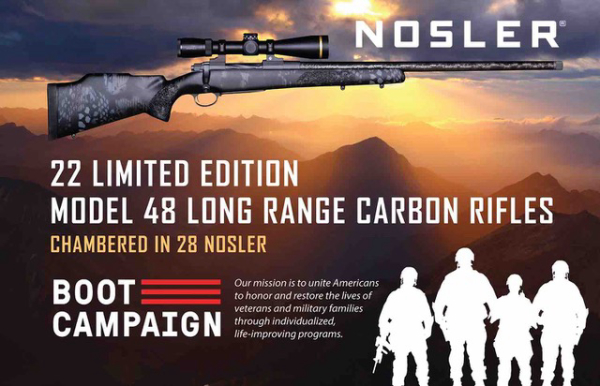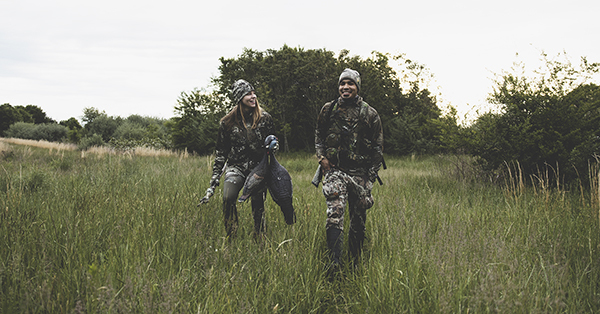Keys to Rifle Accuracy
By Glen Wunderlich
During a recent session at the rifle range, I pulled out one of my most accurate firearms: a Remington model 700 in .22-250 caliber. I wanted to see where it was hitting at 200 yards, after having sighted it in at 50 yards. The computer indicated that the home-brewed 50-grain Nosler Ballistic Tip bullets would be on target.
At the 200-yard target, the first 2 shots were a scant one-inch low but grouped a respectable .625 of an inch. Since I had only 7 rounds remaining in the box, and wanted to save them for hunting coyotes, I was putting it away, when my friend, Joe, piped up, “Shoot it again. That could have been a fluke.”
Mind you, Joe has a .300 Winchester Magnum that’s his go-to, show-off gun and I’m quite sure that first group challenged his best of the day. I explained that I’d that I’d have to change ammo to satisfy his curiosity.
Again, I had already done a bit of testing with the other ammo, but only at 50 yards. However, the 50-yard results were just as good, but the groups were low and right compared to the other ammo.
“Alright, Joe, here goes. But, understand the group will be low and right.” Three more shots and the issue was settled: .687 of an inch at 200 yards – a bit low and right. No more from Joe.
To pull this off, several factors come into play. First, a quality firearm is required. Check. Second, quality glass is a must. Check. Third, a trigger that’s up to the task. Checkmate.
The older Remington model 700’s accuracy is legendary. Nuff said.
The scope is an older model Leupold Vari X III, 6.5×20 power and permits the shooter to see not only tiny, distant targets clearly, but it also telegraphs user movement, thus providing vital feedback to the user. If the shooter is unable to control his breathing and heartbeat, it will show in the higher power settings. Not so with lesser quality optics.
Ah, but that trigger – one facet of good shooting often overlooked by the uninformed. This one sports an aftermarket Jewell trigger set at a mere 23 ounces. It’s clean, light break will surprise even the most experienced marksman – and, surprise is the key.
On the contrary, a heavy, creepy trigger will cause the firearm to move as the trigger is pulled. But, with cheap glass, a shooter won’t know the culprit of his inconsistency. Just because the movement cannot be detected, doesn’t mean it’s not there. It is.
There’s no intent here to persuade anyone to shoot the wings off flies at 100 paces with a deer gun. And, triggers lighter than approximately 3 pounds on such a gun can be problematic in cold weather and downright dangerous.
Shotguns are a different breed, as well, where timing of the shot is the key. There is no slow trigger pull when wing shooting.
In conclusion, if you seek to play the accuracy game, you’ll need good equipment. The old adage, you get what you pay for, still holds true. After that, it’s perfect practice. After that, it’s more of the same.








